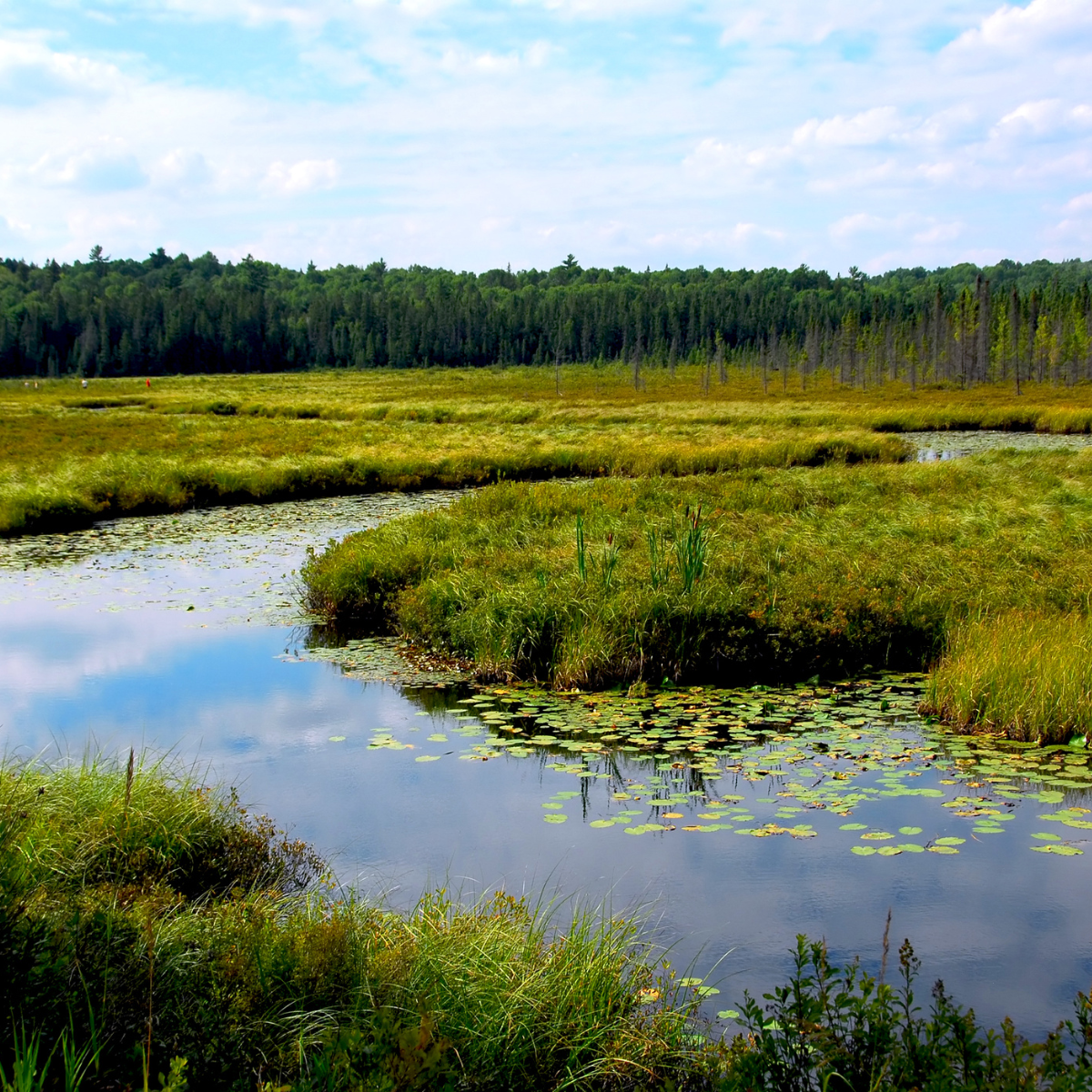Articles and Publications
Sackett V. EPA: The U. S. Supreme Court Decides the EPA’s Definition of Wetlands Went Too Far, With A Broader Impact On EPA’s Future Interpretive Powers
May 30, 2023

Samuel D. Habeeb
Jackson

Zachary R. Wasserstein
Jersey City

On May 25, 2023, the U.S. Supreme Court issued an opinion in the case of Sackett v. U.S. Environmental Protection Agency regarding the scope of regulatory powers applicable to wetlands and issued a more clear definition of “waters of the United States” covered by the Clean Water Act (“CWA”). In sum, the Court decided the definition established by the U.S. Environmental Protection Agency (EPA) and the U.S. Army Corps of Engineers (Corps) of regulated wetlands was too broad and should be restricted to property adjacent to a body of water with a “continuous surface connection” to that water. While the Sackett decision applies to wetlands matters, it may well have an impact on other environmental regulatory matters, as the decision certainly appears to restrain the Environmental Protection Agency’s authority to broadly interpret federal statutes.
The Court in Sackett clarifies that the CWA’s grant of regulatory powers over the “waters of the United States” does not confer power to the EPA and Corps to regulate wetlands that are “merely nearby” covered waters. Rather, the CWA extends only to those wetlands that are “as a practical matter indistinguishable from waters of the United States.”
The case began many years ago when Michael and Chantell Sackett purchased a half-acre lot within 300 feet of Priest Lake, an attractive recreation location for vacationers and residents. Priest Lake is one of the largest lakes in Idaho, spanning approximately 23,000 acres of beautiful water lying within the slopes of the Selkirk Mountains. The Sacketts’ lot was originally somewhat soggy but did not actually front the lake. The lot sits between roads to the north and the south. A large wetland drains into an unnamed tributary across the road to the north of the Sacketts’ lot. To the south of the Sacketts’ lot, there is another road, across which is a row of existing homes which front Priest Lake. The Sacketts obtained building permits from local authorities and began site preparation by filling parts of the lot with sand and gravel. The EPA and the Corps stepped in to stop the site work, finding that the Sacketts’ lot could not be filled without a wetlands permit under the CWA. These federal agencies found that the marshy quality of the Sacketts’ property rose to the level of “waters of the United States,” and had an impact on the environment of the nearby lake. Not only did they have to stop back-filling the lot, but the Sacketts were also ordered to remediate the already completed back-filled areas of their lot within five months or face penalties of $40,000 per day.
The EPA and the Corps had noted that parts of the lot which had yet to be filled with earth were either flooded or contained wetland vegetation, both factors these agencies have often used in determining whether a property is in a wetland. The site inspection report by the EPA stated that the Sacketts’ property, where no fill material had been placed, was inundated and ponded with groundwater. The EPA and the Corps had determined that the Sacketts’ lot contained wetlands, and the sand and gravel deposited there constituted pollution which had to be removed.
In their arguments to the Supreme Court, the EPA asserted that it had regulatory control over any “adjacent” wetlands that “possess a significant nexus to traditional navigable waters,” and that wetlands are “adjacent” when they are “neighboring” covered waters. Essentially, the arguments of the EPA would have granted the agency expansive powers over any wetlands nearby covered waters, even in cases such as the Sacketts’ where the connection (or nexus) identified by the EPA was not any direct surface connection of flowing water between the wetlands and lake, only that the environment of the lake might be affected. The Court rejected this position and declared that “‘adjacent’ cannot include wetlands that are merely nearby covered waters.” For government agencies to exercise control over wetlands through the CWA, the connection between the wetlands and covered waters cannot be attenuated, or even an underground connection; it must be a continuous, surface-level connection.
With this decision, the Court set forth a definition of “waters of the United States” which is far narrower than the definitions previously proposed by the regulatory agencies. As set forth in Sackett, “the waters of the United States” include “only those relatively permanent, standing or continuously flowing bodies of water ‘forming geographical features’ that are described in ordinary parlance as ‘streams, oceans, rivers, and lakes.” The Court next endorsed a two-part test, first set forth in the case of Rapanos v. United States, to establish whether any particular wetlands are “indistinguishable from waters of the United States,” namely:
The land must be “adjacent” to a body of water which constitutes “waters of the United States” under the newly endorsed definition above.
The wetland must have a continuous surface connection to that water.
Importantly, while the Rapanos decision had only received a 4-vote plurality, the Sackett decision’s doctrine is established by a 5-4 majority. While 4 justices did not join in the Majority Opinion setting forth the new definition of “waters of the United States,” all 9 justices agreed that EPA had overstepped its authority in claiming jurisdiction over the Sacketts’ property.
The Sackett decision provides long-needed clarity for developers and other large property owners regarding soggy or wet ground by establishing clearer definitions and rules that help determine whether a particular property may properly fall under the regulatory powers of US government agencies. Yet, beyond property-related wetlands considerations, environmental legal observers will likely be discussing the impact of Sackett on other environmental regulatory matters for many years to come.
About The Blog
Our environmental law and toxic tort attorneys will provide you with news, legal updates, and commentary on environmental and toxic tort liability issues. We hope you find our content informative and helpful as you deal with the ever-changing challenges toxic tort and environmental matters pose to your organization. To receive updates directly to your inbox, click here.
Disclaimer: The information contained in this publication should not be considered legal advice, is not a substitute for legal counsel, and should not be relied on as such. In some jurisdictions, this is considered advertising. For legal advice or answers to specific questions, please contact one of our attorneys.
